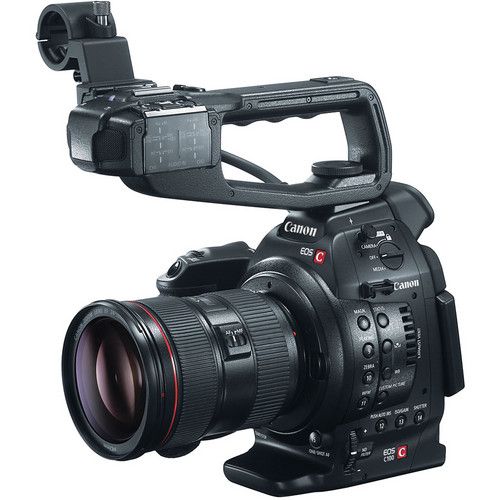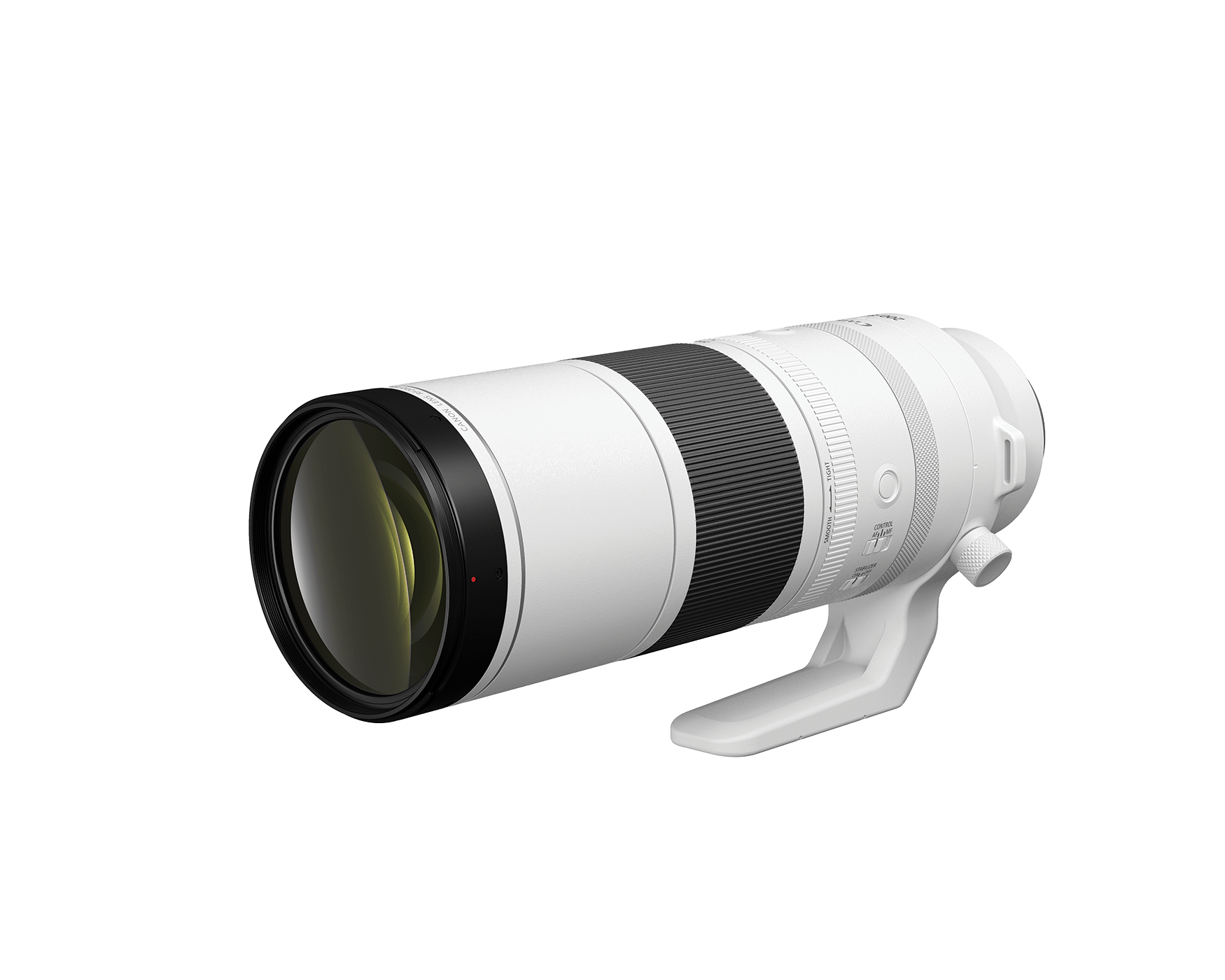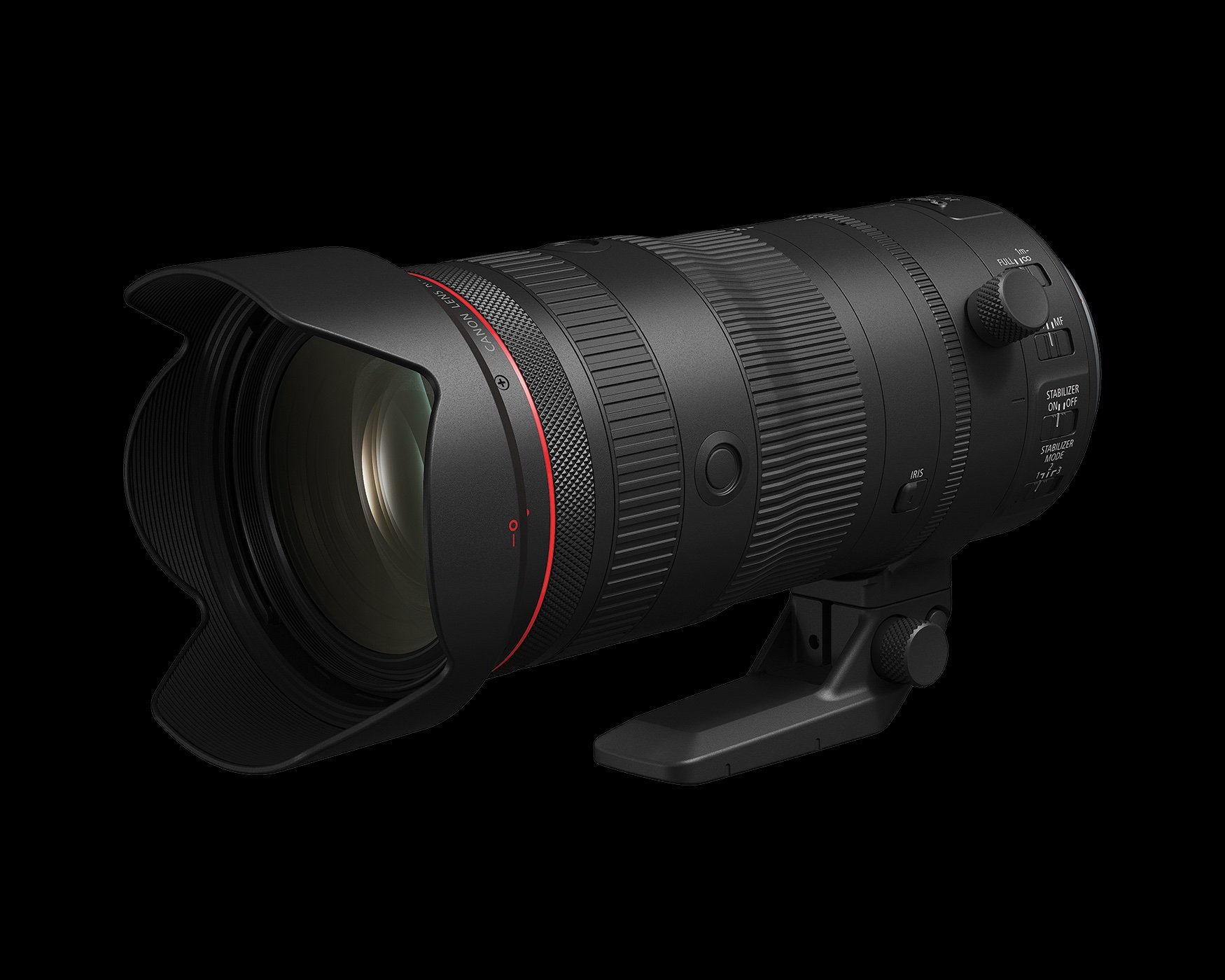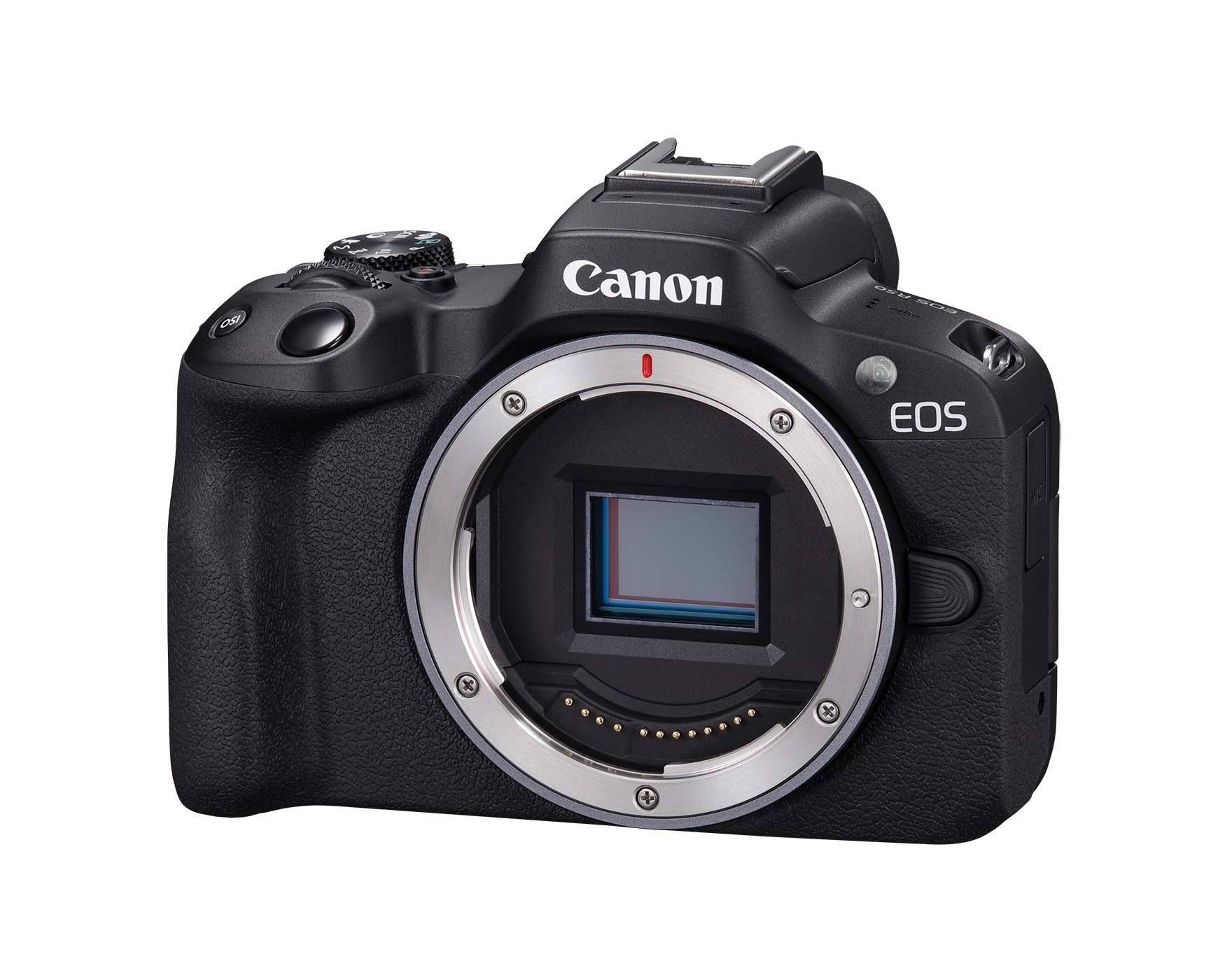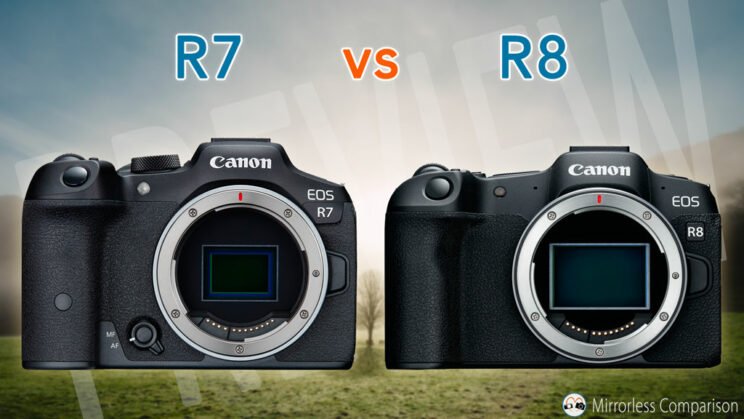Here is a round-up of hands-on reviews and previews of the brand new Canon RF…
Canon’s Peter Yabsley Talks About The Idea The EOS C100 Was Born From
cinema5d posted the interview with Canon’s Peter Yabsley. The interview is about the idea the Canon C100 was born off. The Canon C100 is expected to be available for November 30, the price is $6,499 (click here to see more). The key specs of the C100:
- Super 35mm 8.3MP CMOS Sensor
- EF Lens Mount with EF Contacts
- HDMI Outputs a Non-Compression Signal
- Dual SDHC/SDXC Memory Card Slots
- ISO 320 and up to ISO 20000
- Wide DR and Canon Log Gamma
- Reduced Rolling Shutter Skews
- Built-in ND Filters with Manual Controls
- Two XLR Audio Connectors
- Peripheral Illumination Correction
More about the C100 after the break.
From B&H’s product description:
The Canon EOS C100 EF Cinema Camcorder (Body Only) inherits the design concept of the EOS C300, which put DSLR quality video in a groundbreaking form factor with the key features of a more traditional video camera. The C100 has been optimized for run-and-gun and one-man-band style shooting, a specialty of event videographers, documentarians and independent filmmakers. This camera is about 15% smaller than the C300, and yet its 1080p image will hold-up nicely beside that of the more expensive camera. The C100 even has a few features not found in the C300, like One Shot AF, Push Auto Iris, a built-in microphone and non-compression HDMI out with superimposed timecode and 2:3 pull down marker.
- Super 35mm 8.3MP CMOS Sensor
- The C100’s Super 35mm-sized sensor provides an angle-of-view and depth of field that equivalent to that of traditional Super 35mm film. With a native resolution of 8.3MP and a wider pixel pitch than conventional professional camcorders, the C100’s sensor offers enhanced sensitivity and reduced noise in low light environments.
- EF Lens Mount with EF Contacts
- The C100 is fully compatible with Canon’s renowned EF mount lenses. Even specialty lenses, such as Canon’s 24mm f/3.5L II tilt shift lens or the 8-15mm f/4L Ultra-Wide Zoom fisheye lens, are available on the C100. When shooting with EF lenses, C100 features peripheral illumination correction, which automatically compensates for light fall-off in the corners of the image. Furthermore, continuous AF will be available via a firmware update for compatibility with Canon EF Lenses with STM focusing.
- HDMI Outputs a Non-Compression Signal
- The C100 outputs a non-compression signal via HDMI. This signal superimposes timecode and the 2:3 pulldown marker, which means an external recorder and converter can process the HDMI output as an SDI signal. External recorders provide an instant back-up and help to streamline post-production workflows.
- ISO 320 and up to ISO 20000
- A maximum ISO of 20000 allows the C100 to record in low light environments. This is ideal for working with available light. Although higher ISOs always translate into a noisier image, the C100 utilizes the same signal processing as 3-chip RGB systems, which produces a superior image quality.
- Dual SDHC/SDXC Card Slots
- Secure Digital memory cards offer professional grade read/write speeds and reliability at ever more affordable prices. Dual SDHC/SDXC memory card slots allow the C100 to record simultaneously to two memory cards, creating an instant back-up. What’s more, C100 can record HD footage to Slot A while simultaneously recording down-converted SD footage to Slot B.
- Wide DR and Canon Log Gamma
- Canon Log records an image with subdued contrast and sharpness, which preserves a high dynamic range and presupposes color grading in post production. Wide DR is a new gamma setting based on Rec. 709, which offers a wide dynamic range and smooth gradations in highlights and shadow, without requiring processing in post-production.
- Reduced Rolling Shutter Skews
- Traditional CMOS sensors scan one line at a time and sometimes produce a rolling shutter skew when shooting fast moving objects or executing a quick pan. The C100’s CMOS sensor features the same signal processing as 3-chip RGB systems, which reduces the angle of distortion compared to cameras with regular CMOS sensors of the same size.
- Built-in ND Filters with Manual Operation
- In excessively bright environments neutral density filters are often required to avoid over exposure, without compromising desirable shutter and aperture settings. The C100 features built-in ND filters in three densities, which make for four ND configurations (OFF, 2 stops, 4 stops, 6 stops). The built-in ND filters are deployed via a manual dial.
- Two XLR Audio Connectors
- The C100 includes a top mounted handle unit, which features two XLR connectors and a microphone shock mount. XLR connections offer a high quality audio input for professional grade microphones and facilitate 2 channel 48kHz linear PCM (24Mbps) audio recordings.
- One Shot AF and Push Auto Iris
- One-Shot AF executes focus adjustments with a dedicated button, and the Push Auto Iris button automatically adjusts the aperture of the lens to quickly and easily maintain proper exposure. Both of these functions can be accessed even when operating in manual mode.
- Full Manual Control and Focusing Aids
- The EOS C100 offers complete manual control of each aspect of the recording process. Create and recall custom picture settings, camera functions, and display options. The camera also features several powerful and intuitive focusing aids in both the EVF and LCD monitor that make it easy to confirm critical focus distance; Peaking Modes and Magnify Focus Modes are available while in standby or while recording. Additionally, the LCD features Edge Monitor Display; green waveforms display the overall focus of the scene and red waveforms provide focus feedback of the three focus check boxes visible on the LCD monitor.

